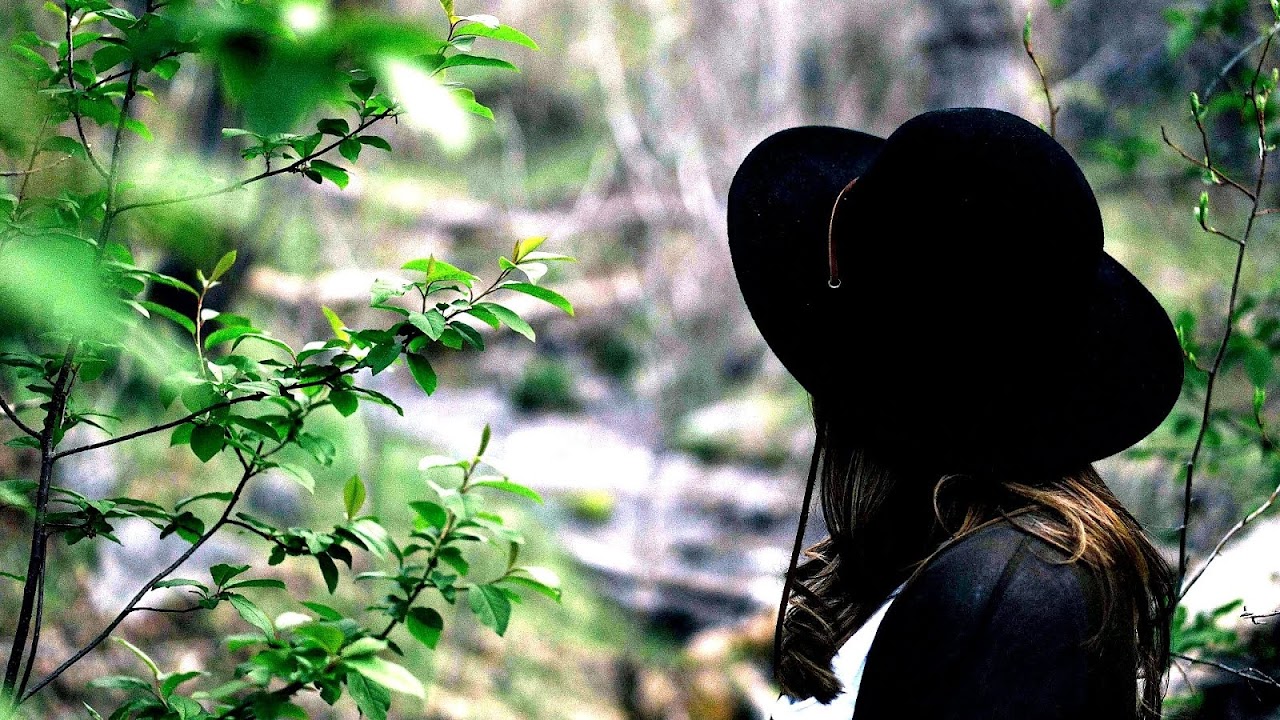
Curcumin is a bright yellow chemical produced by some plants. It is the principal curcuminoid of turmeric (Curcuma longa), a member of the ginger family (Zingiberaceae). It is sold as an herbal supplement, cosmetics ingredient, food flavoring, and food coloring. As a food additive, its E number is E100. Chemically, curcumin is a diarylheptanoid, belonging to the group of curcuminoids, which are natural phenols responsible for turmeric's yellow color. It is a tautomeric compound existing in enolic form in organic solvents and as a keto form in water.

Maps, Directions, and Place Reviews
History
It was first isolated in 1815 when Vogel and Pierre Joseph Pelletier reported the isolation of a "yellow coloring-matter" from the rhizomes of turmeric and named it curcumin. Although curcumin has been used historically in Ayurvedic medicine, its potential for medicinal properties remains unproven and is questionable as a therapy when used orally.
Turmeric Dose For Depression Video
Applications
The most common applications are as a dietary supplement, in cosmetics, as a food coloring, and as flavoring for foods such as turmeric-flavored beverages (Japan). Annual sales of curcumin have increased since 2012, largely due to an increase in its popularity as a dietary supplement. It is increasingly popular in skincare products that are marketed as containing natural ingredients or dyes, especially in Asia. The largest market is in North America, where sales exceeded US$20 million in 2014.

Chemistry
Curcumin incorporates several functional groups whose structure was first identified in 1910. The aromatic ring systems, which are phenols, are connected by two ?,?-unsaturated carbonyl groups. The diketones form stable enols and are readily deprotonated to form enolates; the ?,?-unsaturated carbonyl group is a good Michael acceptor and undergoes nucleophilic addition.
Curcumin is used as a complexometric indicator for boron. It reacts with boric acid to form a red-colored compound, rosocyanine.
Biosynthesis
The biosynthetic route of curcumin is uncertain. In 1973, Roughly and Whiting proposed two mechanisms for curcumin biosynthesis. The first mechanism involves a chain extension reaction by cinnamic acid and 5 malonyl-CoA molecules that eventually arylized into a curcuminoid. The second mechanism involves two cinnamate units coupled together by malonyl-CoA. Both use cinnamic acid as their starting point, which is derived from the amino acid phenylalanine.
Plant biosyntheses starting with cinnamic acid is rare compared to the more common p-coumaric acid. Only a few identified compounds, such as anigorufone and pinosylvin, build from cinnamic acid.

Research
In vitro, curcumin exhibits numerous interference properties which may lead to misinterpretation of results.
Although curcumin has been assessed in numerous laboratory and clinical studies, it has no medical uses established by well-designed clinical research. According to a 2017 review of over 120 studies, curcumin has not been successful in any clinical trial, leading the authors to conclude that "curcumin is an unstable, reactive, non-bioavailable compound and, therefore, a highly improbable lead".
Cancer studies using curcumin conducted by Bharat Aggarwal, formerly a researcher at the MD Anderson Cancer Center, were deemed fraudulent and subsequently retracted by the publisher. There is insufficient evidence to know whether curcumin is effective for maintenance of remission in quiescent Ulcerative colitis when given as adjunctive therapy along with mesalamine or sulfasalazine.

Pharmacology
Curcumin, which shows positive results in most drug discovery assays, is regarded as a false lead that medicinal chemists include among "pan-assay interference compounds" attracting undue experimental attention while failing to advance as viable therapeutic or drug leads. In vitro, curcumin inhibits certain epigenetic enzymes (the histone deacetylases: HDAC1, HDAC3, HDAC8), transcriptional co-activator proteins (the p300 histone acetyltransferase) and the arachidonate 5-lipoxygenase enzyme.
In Phase I clinical trials, curcumin had poor bioavailability, was rapidly metabolized, retained low levels in plasma and tissues, and was extensively and rapidly excreted, factors that make its in vivo bioactivity unlikely and difficult to accurately assess. Curcumin appears to reduce circulating C-reactive protein in human subjects, although no dose-response relationship was established. Factors that limit the bioactivity of curcumin or its analogs include chemical instability, water insolubility, absence of potent and selective target activity, low bioavailability, limited tissue distribution, extensive metabolism, and potential for toxicity.
Safety
Two preliminary clinical studies in cancer patients consuming high doses of curcumin (up to 8 grams per day for 3-4 months) showed no toxicity, though some subjects reported mild nausea or diarrhea.

Alternative medicine
Despite concerns about safety or efficacy and the absence of reliable clinical research, some alternative medicine practitioners give turmeric intravenously, supposedly as a treatment for numerous diseases, in one case causing a death in 2017.
Source of the article : Wikipedia


EmoticonEmoticon